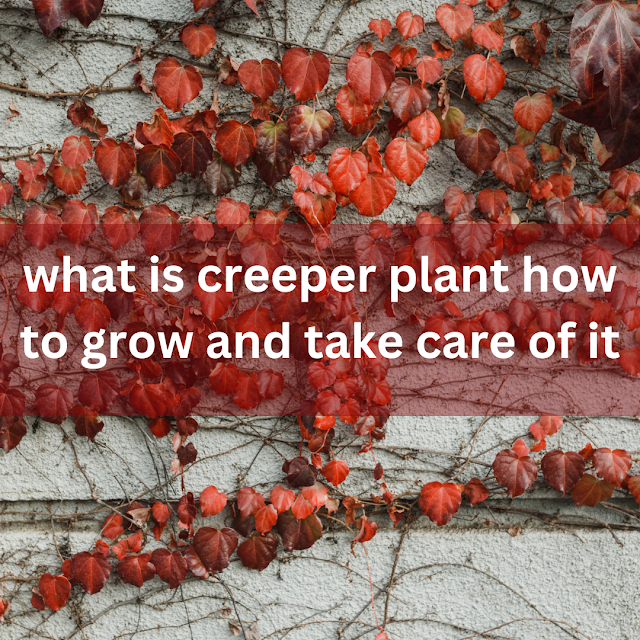Roses are beautiful and popular flowers that are loved by gardeners around the world. Growing and caring for rose plants can be a rewarding experience, but it requires effort and attention. In this blog post, we covered the steps for growing and taking care of rose plants, including choosing the right variety, picking the right location, preparing the soil, planting your roses, and taking care of them by pruning, fertilizing, watering, and controlling pests and diseases.
Step 1: Choose the Right Variety and Location
Select a rose variety that suits your climate and growing conditions. Ensure the location you choose receives at least six hours of direct sunlight daily and has well-draining soil.
Step 2: Prepare the Soil
Use a good quality potting mix or prepare the soil in your garden with added compost or organic matter. Roses prefer slightly acidic soil with a pH range of 6.0 to 6.5.
Step 3: Plant Your Roses
When planting your roses, ensure they are level with the soil surface and water thoroughly. Space your plants according to their growth habits, and mulch around the base to retain moisture and suppress weeds.
Step 4: Take Care of Your Roses
Water your rose plants regularly, ensuring the soil is moist but not waterlogged. Fertilize your roses with a balanced fertilizer every four to six weeks during the growing season. Prune your roses regularly to remove dead or diseased wood and promote new growth. Control pests and diseases by keeping your plants healthy and using appropriate treatments if necessary.
Growing Roses Faster
To grow your roses faster, ensure they receive at least six hours of direct sunlight daily, water regularly, fertilize with a balanced fertilizer every four to six weeks, and prune regularly to promote new growth.
Conclusion
Growing and caring for rose plants can be a fun and rewarding experience. By following the steps outlined in this blog post, you can grow beautiful and healthy roses in your garden or home. Remember to choose the right variety and location, prepare the soil, plant your roses correctly, and take care of them by providing adequate water, fertilizer, pruning, and pest control. With a little effort and attention, you can enjoy the beauty and fragrance of roses for years to come.
.png)









